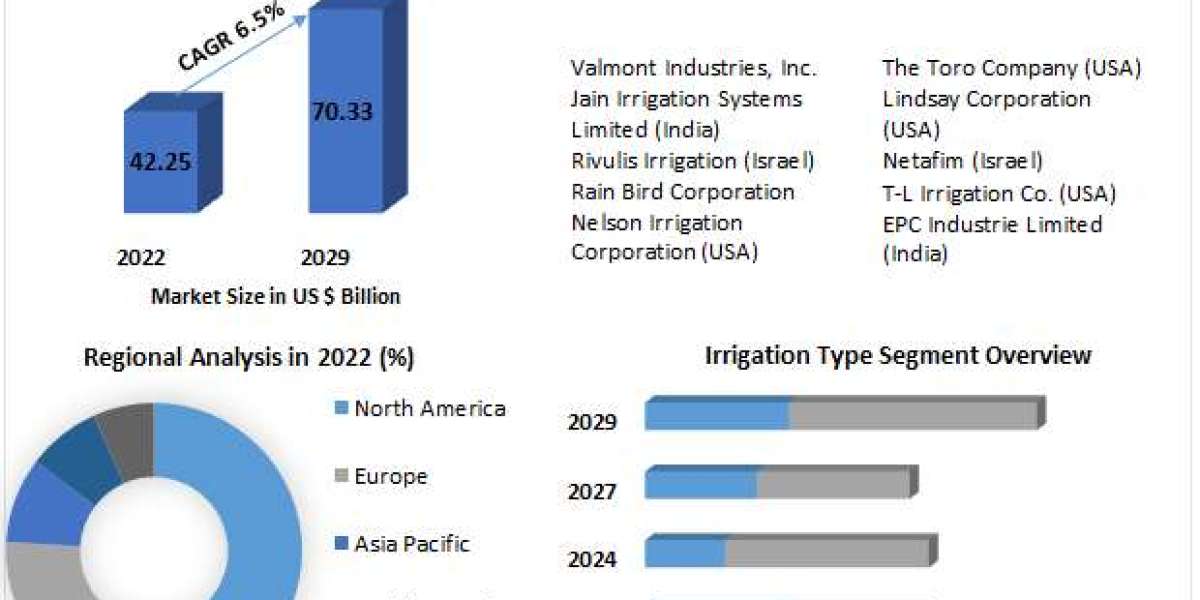- Area of Law
We begin the head note by describing the overall field of law that the case deals with. Each phrase will focus on distinct aspects of law in the case.
- Legislations
We include references to relevant legislation in the head notes to support the case judgment.
- Keywords
Keywords provide an overview of the issues addressed in a case. They give readers a rapid overview of the case’s subject matter without referring to the headnotes. We write keywords that solely cover the topics presented in the head note and do not include any other content.
- Facts
The goal of creating a head note is to explain the argument concisely and to the point. As a result, extraneous material will be deleted from the brief by reducing the usage of proper nouns as well as irrelevant dates and statistics.
The facts are written in the past tense. Relevant facts are assessed based on their impact on legal issues and case outcomes. The statement of facts outlines the nature of the lawsuit, parties involved, cause of action, applicable legislation, and decision-making process from lower courts to the current court. We give the facts in chronological sequence to help readers understand the events that led to the current debate.
Before crafting the facts, we analyze the following five key elements:
- Nature of the litigation.
- Who is asking the court and for what remedy?
- Reason for filing the case.
- Relevant laws in question.
- What has been already decided until now?
- Issues
This section aims to identify the topics or questions that judges have set aside for discussion and decision-making. This section of the case brief is structured in the form of questions. The problems are never fact-specific, and each one should be no more than a phrase. We just raise such questions as matters that must be decided by the court.
- Submissions / Arguments
This section summarizes both sides’ submissions and reasons to support their position. The related arguments of the opposing sides are combined. We only include arguments that are relevant to the issue and form part of the judge’s conclusions.
- Decision
The judgment will address all concerns addressed in the head note submissions and will be a mirror version of them.
If there are many problems, we organize the ruling in distinct paragraphs based on the order of contentions. The holding in each paragraph is supported by the Court’s logic and explains how the legal principles were applied to the particular set of circumstances. The head note concludes with the case’s conclusion and procedural disposition (e.g., permitted, dismissed, reversed remanded, or affirmed).
- Ratio
Here, we list the relevant legal concepts on which the ruling is based. Legal principles are phrased as declarative statements rather than concrete facts.
To know visit: https://www.orientalsolutions.com/mastering-judgment-head-note-creation-a-guide-to-enhancing-legal-research-and-analysis/









